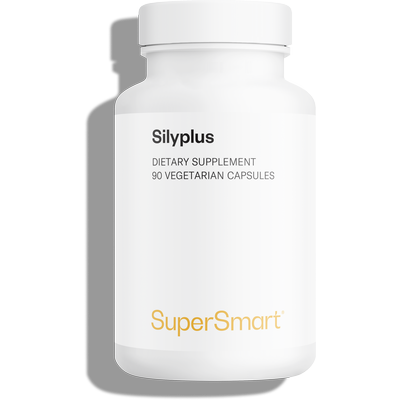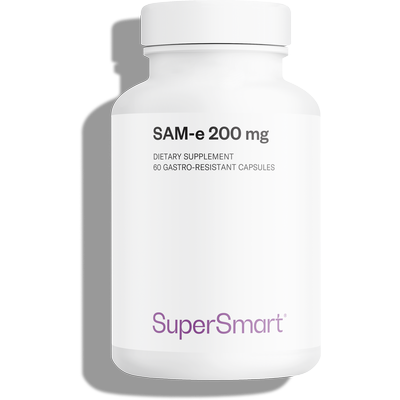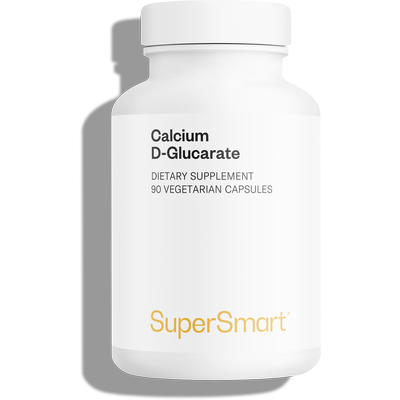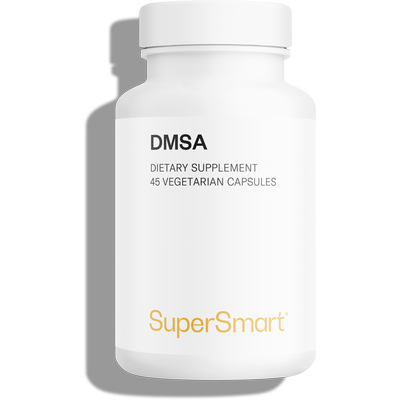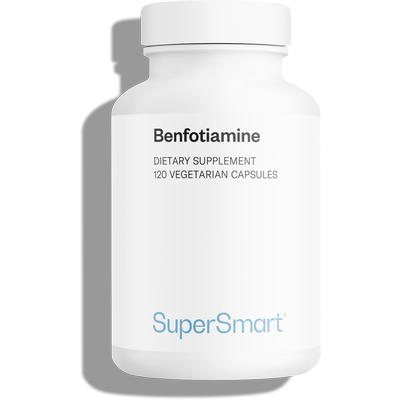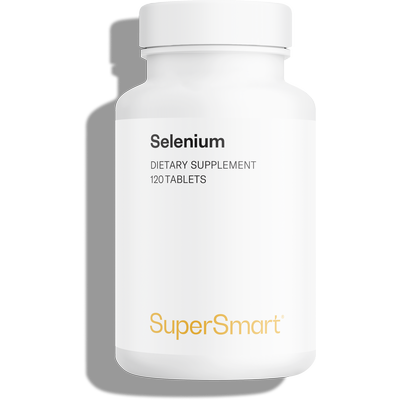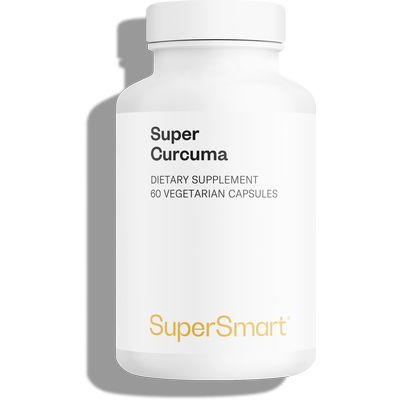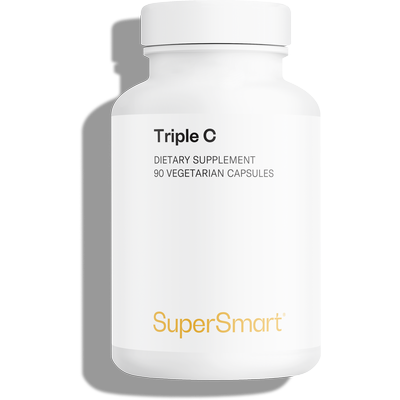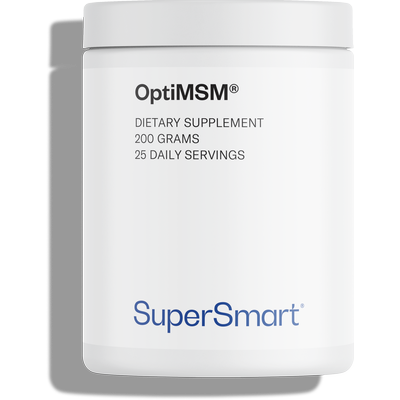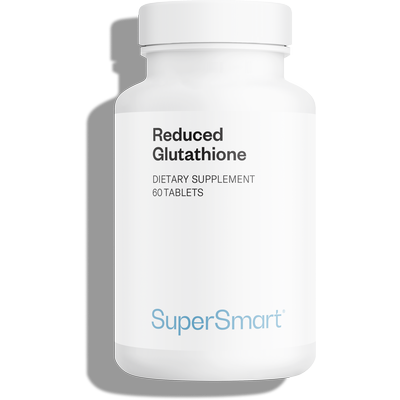Be kind to your liver with a spring detox!
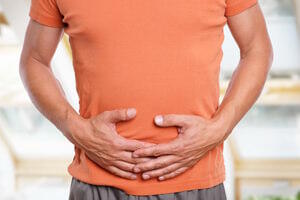 Instead of going on an Easter egg hunt, how about hunting down all those toxins that have been accumulating over winter!
Instead of going on an Easter egg hunt, how about hunting down all those toxins that have been accumulating over winter!
A balanced diet full of organic food is obviously good for your health - but sometimes it just isn’t enough. Warning signs start to appear - a dull complexion, a lack of energy, a coated tongue, sluggish digestion and a feeling of being ‘over-full’ … but you can fortunately get rid of these symptoms by simply taking advantage of state-of-the-art substances that support the two essential phases of liver detoxification.
Eating a perfectly-balanced diet – with a good daily intake of fruit, vegetables, healthy fats and low GI foods, and minimal consumption of processed foods, sugar and salt - will go some way to safeguarding your health. However, it’s important to recognise that certain substances, be they visible (drugs, colourings and other food additives) or invisible (pesticides, heavy metals, endocrine disruptors, environmental pollutants), can accumulate in our bodies almost by stealth, and the liver can end up being overwhelmed by toxins!
Spring is the perfect time to take steps to support the liver in coping with its heavy workload.
It is vital to appreciate and understand how this extraordinary organ works to eliminate toxins. There are, in fact, two distinct phases in the liver’s detoxification process:
-
- phase I - ‘hydroxylation’
- and phase II - ‘conjugation’.
-
- Vitamin C (L-ascorbic acid, calcium ascorbate, Ester C, magnesium ascorbyl-phosphate) is therefore a key nutrient for activating production of these enzymes as well as neutralising the resulting oxidative stress .
- Ellagic acid, present in pomegranate extract, also controls phase I activity and in particular, induces production of the phase II detoxification enzyme: glutathione S-transferase (GST).
The main player in this second phase is thus L-glutathione, one of the body’s most important and effective endogenous antioxidants. It also recycles the vitamin C used during the first phase. L-glutathione is the body’s first line of defence against oxidation and other constant threats to cells and enzymes. It is now widely accepted by the scientific community that optimal glutathione levels are essential for protecting the liver and facilitating detoxification. Glutathione has the ability to bind to toxins and thus facilitate their elimination via bile or urine. However, since the intestines contain considerable amounts of gamma-glutamyl transpeptidase which breaks down glutathione, it is vital to restore blood and cellular concentrations of this essential antioxidant by taking either reduced glutathione at a high dose of 500-1000mg a day, or the sub-lingual or acetylated forms, which are more absorbable and effective at doses of 100mg once to three times a day.
Other substances that support hepatic glutathione production are:
-
- MSM (Methyl-sulphonyl-methane), in its pure, non-toxic and hypoallergenic form (OptiMSM®).
- SAMe (S-adenosyl-methionine).
- N-acetyl-cysteine (NAC), a sulphur amino acid and excellent glutathione precursor.
- Polyenylphosphatidylcholine (PPC), extracted from soya.
- L-selenomethionine, a source of both selenium, a component of glutathione peroxidase (a heavy metal detoxifier), and of sulphur which is essential for the formation of L-glutathione.
- Sodium R-lipoate, an R-lipoic acid salt with exceptional bioavailability which is involved in recycling glutathione. It also induces phase II enzymes.
Curcuminoids derived from turmeric also counteract xenobiotic-induced hepatotoxicity by increasing levels of GSTs and UDP glucuronyl-transferases which are important for phase II reactions. These active substances are also potent antioxidants and have choleretic and cholagogue (bile-stimulating) effects that are ideal for a spring detox.
Broccoli extracts standardised in sulforaphane glucosinolate also help increase levels of phase II detox enzymes, particularly those of quinone reductase and GST.
Since liver function is compromised by chronic alcohol consumption, it is also wise to use herbs and substances that limit the ill-effects of acetaldehyde, an alcohol by-product which generates oxidative processes and leads to protein glycation:
-
- Silymarin (milk thistle) which has hepatoprotective properties and is used to treat damage to liver cells caused by excessive alcohol consumption. It increases levels of glutathione and glutathione peroxidase. It can also be combined with Desmodium which has similar effects in the liver.
- Benfotiamine, a fat-soluble derivative of thiamine, which prevents and slows down glycation processes.
- Asparagine which reduces alcohol toxicity by decreasing acetaldehyde concentrations.
- Chrysanthellum americanum which protects the liver by speeding up alcohol elimination two- to five-fold.
To complement the effects of these various substances, it is advisable to take a 20-day course of Zeolite Clinoptilolite powder, at least once or twice a year. This is a natural mineral derived from volcanic rock that binds to toxins (environmental pollutants, heavy metals, cosmetics …) and makes it easier to eliminate them from the body.
The powder’s efficacy can be optimised by taking dimercaptosuccinic acid (DMSA) every other day to facilitate the elimination of heavy metals (especially mercury) present in the blood, kidneys, brain and of course, the liver.
Last but not least, animal studies show that Picrorhiza kurroa extract, standardised in kutkin, stimulates liver regeneration and provides effective protection against toxin-induced biochemical changes to the liver.
To ensure your ‘toxin-hunt’ is successful, you also need to drink up to two litres of water throughout the day in order to encourage the elimination via the kidneys of substances that have been made water-soluble. You should also, if possible, avoid caffeine which is metabolised in the liver and requires cytochrome P450 enzymes.
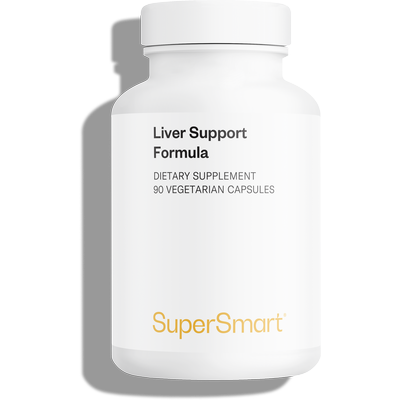
A reference formula that brings together the best natural ingredients for liver health
www.supersmart.com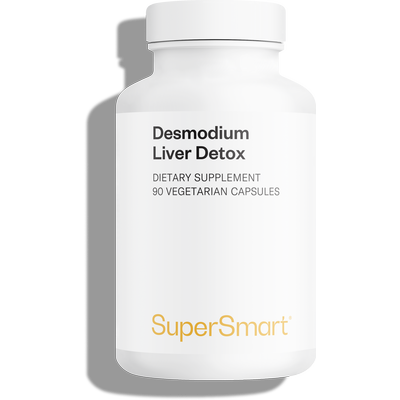
Premium extract of Desmodium adscendens, a true guarantor of liver health
www.supersmart.com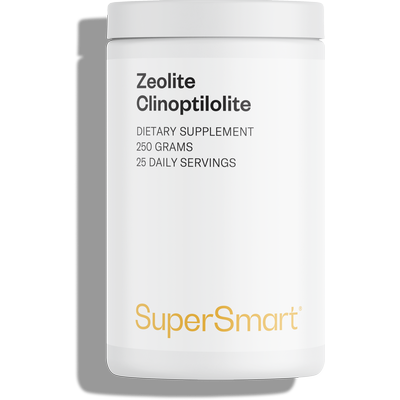
A natural, powerful and versatile chelator with multiple detoxicant applications
www.supersmart.com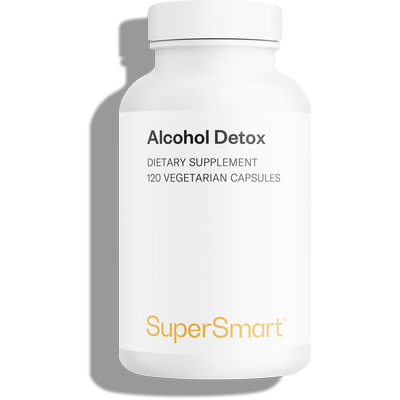
Potent antioxidant synergy to substantially reduce the harmful effects of alcohol.
www.supersmart.com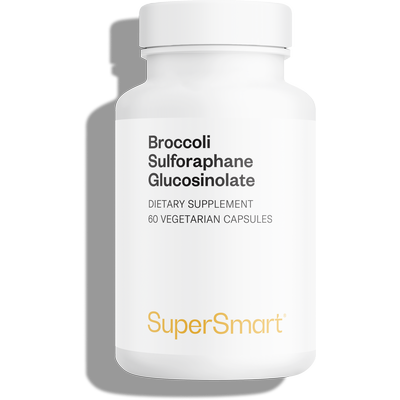
Broccoli Sulforaphane Glucosinolate is formulated from a standardised extract of broccoli (Brassica oleracea).
www.supersmart.com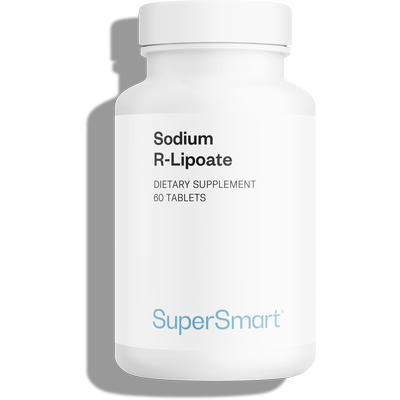
Active form of R-lipoic acid with enhanced bioavailability
Reaches 10-times-higher peak blood levels in only 20 minutes
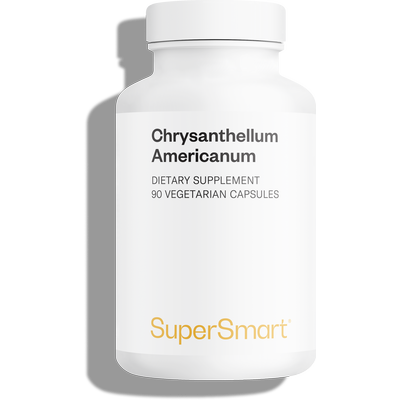
Versatile phytonutrient, 5:1 extract, pharmaceutical grade
www.supersmart.com
Converted in the body into cysteine, an amino acid needed for glutathione synthesis
www.supersmart.com
Antioxidant phytonutrient with multiple health benefits. Enriched, more complete formula.
www.supersmart.comAll rights reserved
Free
Thank you for visiting our site. Before you go
REGISTER WITHClub SuperSmart
of exclusive benefits:
- Free: our weekly science-based newsletter "Nutranews"
- Special offers for club members only



